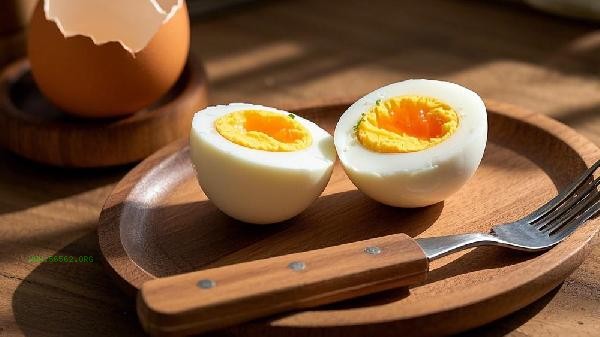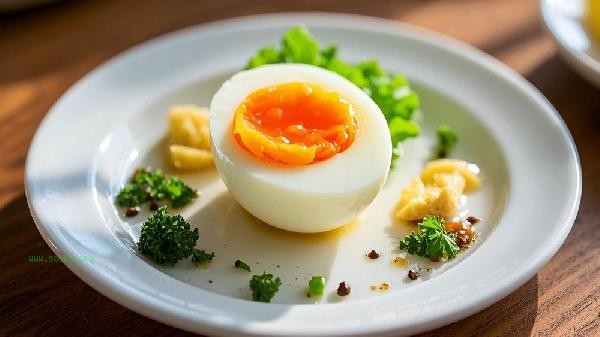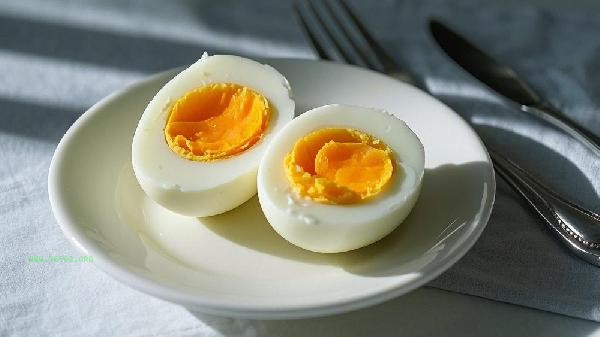The calorie content of steamed eggs and boiled eggs is basically the same, with approximately 143-155 calories per 100 grams of egg. The main difference between the two is due to the influence of cooking methods on moisture content, and the actual difference in calorie intake can be ignored.

1. Calorie composition:
The main sources of calories for eggs are protein and fat. The protein content in whole eggs is about 12.6%, and the fat content is 9.5%. The boiling or steaming process will not change the content of these macronutrients. The lecithin and cholesterol in egg yolks remain stable under both cooking methods.
2. Moisture effect: During the steaming process, the egg mixture will absorb a small amount of water vapor, and the moisture content of the finished product is slightly higher than that of boiled eggs. 100 grams of steamed eggs may contain 75-78 grams of water, while boiled eggs contain approximately 73-75 grams. This difference can result in slightly lower calorie values per unit weight of steamed eggs, but in actual consumption, whole eggs are usually consumed.
3. Nutrient retention:
The two low-temperature cooking methods have similar retention rates for vitamins. The loss rate of fat soluble vitamins such as vitamin B12 and vitamin D is about 5-10% when boiled in shell water, and slightly lower by 3-8% when steamed. The protein digestion and utilization rates are all around 94%, with no significant difference in biological value.

4. Absorption efficiency:
Steamed eggs have a looser protein structure and are theoretically more easily broken down by proteases. But the difference in protein absorption between eggs cooked in two different ways by healthy individuals is less than 2%. People with weaker gastrointestinal function may be more suitable for choosing steamed eggs, and the general population does not need to deliberately distinguish.
5. Practical application:
Both methods can be chosen during weight loss, and the key is to control the total intake. Suggest pairing with vegetable salad or whole wheat bread to increase satiety and balance nutrition. Be careful to avoid adding high calorie seasonings such as soy sauce and sesame oil. Low calorie seasonings such as vanilla and black pepper can be used for seasoning. From the perspective of weight loss, both steamed and boiled eggs are high-quality sources of protein. It is recommended to alternate consumption according to personal taste, and the daily intake of eggs for adults should be controlled at 1-2. Paired with 30 minutes of aerobic exercise, it can improve fat metabolism efficiency. Moderate intensity exercises such as brisk walking and swimming can help burn about 200-300 calories. Special populations such as patients with hypercholesterolemia should consult a nutritionist to adjust their egg yolk intake.




Comments (0)
Leave a Comment
No comments yet
Be the first to share your thoughts!